The Concept
What we were aiming for was a better search engine. The top results had to be fair and unbiased. They couldn't be bought and paid for by advertisers. They had to serve the everyday Internet user, delivering to the public the information they intended to find, preferably with ease. This was the promise search engines held. This is the ethical obligation search engines had to deliver - quickly, easily, thoroughly, and without shenanigans.
The search engine was the core concept but it was enshrouded in multi-functionality. There were all sorts of widgets that we could add to it once there was a demand and a way. Whatever it came to be would be because its members requested it. Anticipating lots of feedback, the Ghost Machine, as we came to call it, was conceived of as a multi-faceted contraption with its optional parts added to it one module at a time.
When the planned contraption was complete, it would include a place to add family photos and text using a block system, a way to share items with other users ... and it would offer upgrade options for expanding that space. I did plan to make money.
That was just a start. It had many aspects. I hoped to amass a rapidly expanding community that could get to know one another based on their interests. If "the machine" grew large enough, it might serve as a place to reunite people too.
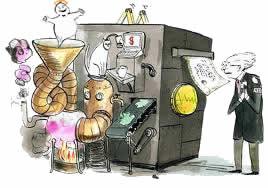
CARVIN WAS LIKE THE WIZARD OF OZ BEHIND THE VEIL
Specializing in Privacy
I was a decade ahead of Facebook but it was going to be a social network for ghosts and it was more of an all purpose machine. Privacy would be a ghostsurfer's specialty. The ghost concept wasn't just about phantom shopping to create a people powered search engine. You can't see ghosts unless they want you to see them. Ghosts have veils. Veils would allow users to manifest only what they wanted others to see. If they wanted to remain entirely anonymous, that would be an option. Otherwise, they could do something I called "manifest apparitions." Ghosts don't just veil themselves. They appear.
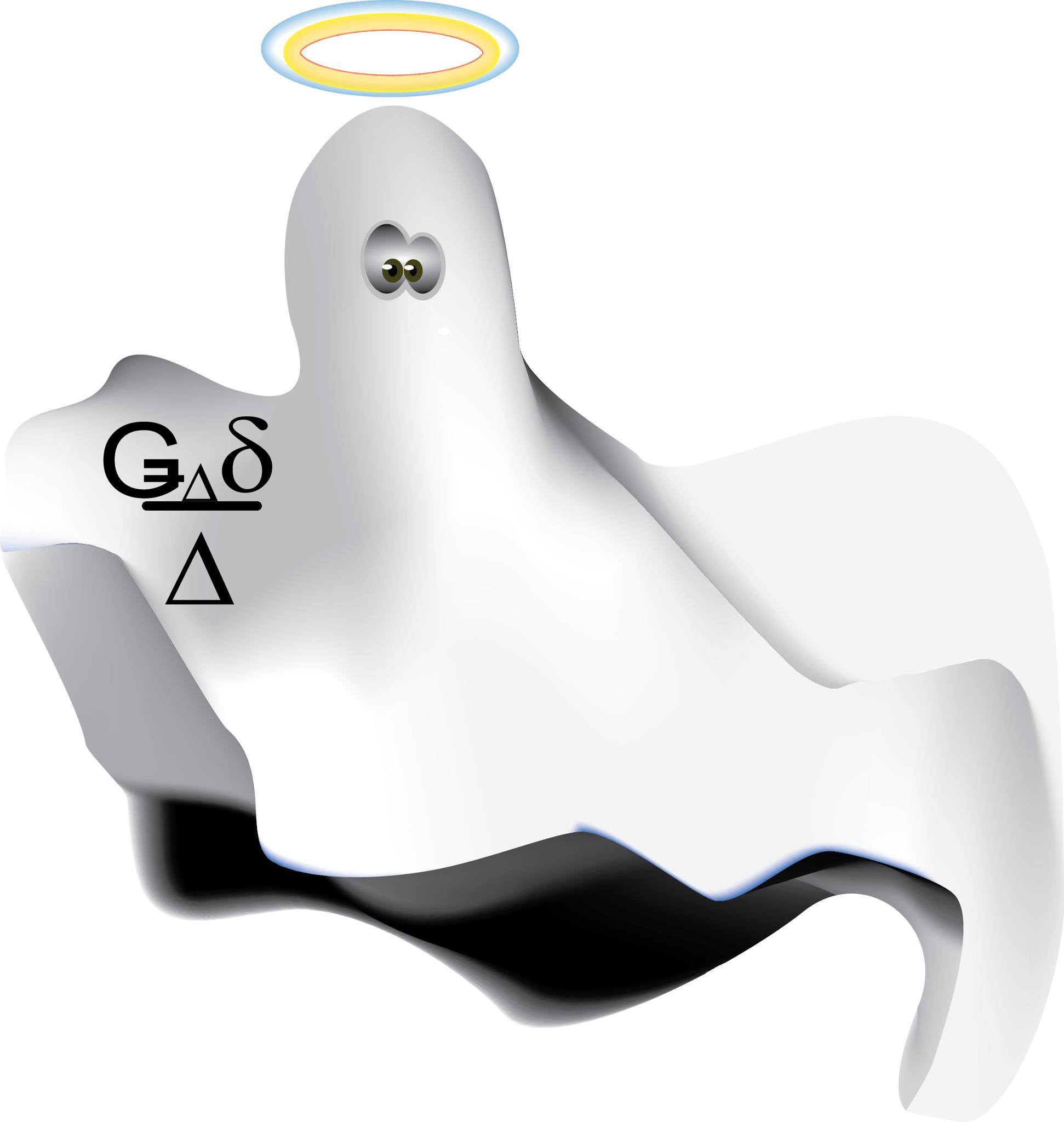
CARVIN WANTED TO SHARE HALF OF THE SITE'S REVENUES WITH THE MEMBERS BUT HIS GHOST BUCKS FORMULA WAS A TOP SECRET. THE GHOST MACHINE WAS TO BE DESIGNED FOR SELECTIVE SHARING.
Member could have as much fun as they wanted when and where they appeared. I wanted them to be able to appear differently to different people. We wanted users to have only one account, but have the ability to create as many sub-accounts as they wanted, so they could appear different ways.
It was a very useful concept and a potentially very lucrative one. The initial web pages would be free, but for more than a certain number of sub-accounts, the ghosts we hosted could always pay for an upgrade.
It could be a lot of fun. If members chose to role play, other users could see that by the way their avatar was styled. The role playing as the ghost of Uncle Jerry, or Great Grandma Sally, or Elvis, would always be accompanied by an indicator that it was a veil. No fake accounts.
The members would be able to control how they appeared and what was said to specific users or groups based on lists they created and maintained. They would have complete control over who could see any of their sub-accounts, or any individual or group of blocks on those sub-accounts.
As I had first envisioned it, users would be able to subscribe to group news, as well as individual news, controlling what they saw on their feed blocks. On desktops, the feed block would be on the right side of the page, while the self-created blocks were on the left. Other members would see those blocks based on user-chosen privacy.
Unlike with today's Facebook, tapping on any item in the feed block would unveil not just that news item, but whatever the rest of that ghost's page the browsing member had permission to see. Exterior links could be set to pop up or stay on the site at the option of those who shared them as blocks on their own members' page.
It would have been a better interface than what you see on Facebook today because those browsing through news wouldn't just see that news. They would see what the sharer of that news wanted them to see about themselves. Facebook lets users control privacy on a timeline today, but timelines are usually only seen by other users when deciding whether to be their friends.
Apparitions, which in the world of web pages were block-shaped, could be set to change, by being replaced or shifted, or they could be set to stay where they were first put. It was going to be the manifesting member's choice. MySpace later provided a block method for sharing but they didn't have the popular news feed that Facebook would later have.
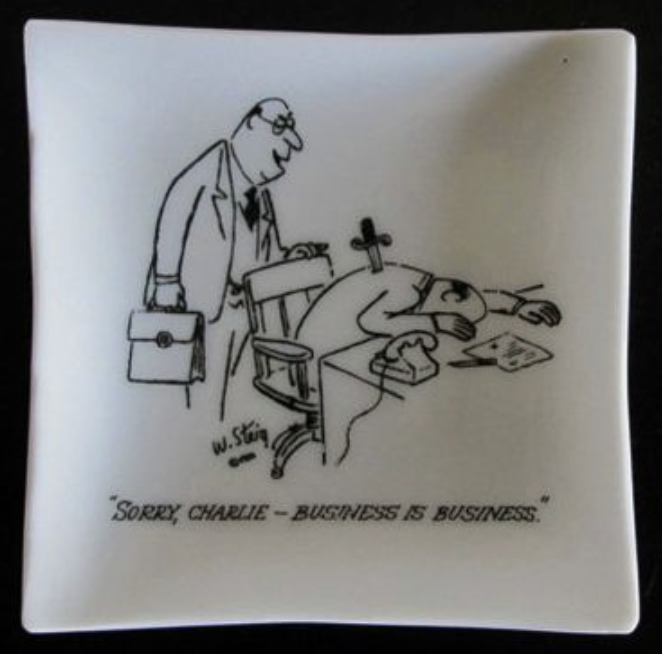
PEOPLE UNFRIEND ONE ANOTHER IN VERY NASTY WAYS
Ultimately, Facebook led to massive user disappointment when people reconnected with friends only to be ignored or unfriended by them. The Ghost Machine would have allowed the blocking of other members entirely, but commenting and dialog would be relegated to specified content-blocks in the first place. There was no original concept of others writing on your wall. You could have engagement but you would be able to specify where that engagement would be and who was allowed to add any content. And if you allowed others to add content to a block, which is the closest equivalent to writing on someone's wall the Ghost Machine would have had, you would be able to specify whether that was limited to text, or could include pictures and whatever else would be allowed.
It might include video. The original Ghost Machine concept involved a deep and very detailed look into the future. I predicted an age of video streaming and sharing that would one day be available as content that users could share, much as what we are seeing today. More importantly, there is technology that has not yet been placed on the market, that I also envisioned then and still anticipate. The primary difference at any stage was in how privacy is presently being handled, or should I say mishandled? Because of its design, as it was first conceived, there would probably not have been as much unfriending and blocking as what we see today on Facebook.
The most fundamental difference comes down to ethics. Facebook, and "big data" in general, almost invariably sell user information to third parties for big profit. They gain legal permission for this through their Terms of Service Agreements with their users. Generally, people agree to a trade off. They get to meet up with their friends, or use some sort of free service in exchange for all sorts of personal information about themselves. This is very useful for advertisers wishing to target specific demographics. And since much of this technology involves not just what is posted and discussed, but when and where it is discussed, there is a huge opportunity for precision targeting by advertisers.
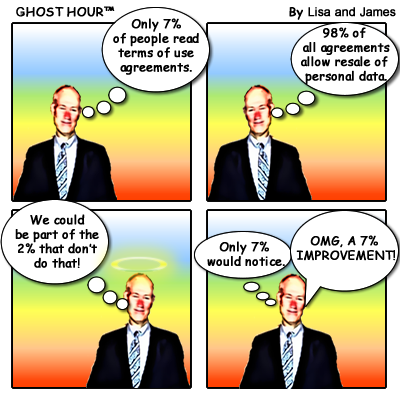
THE T.O.S. COULD BE FOR THE MANY - NOT JUST THE FEW
Generally, that information stays on the web site or app. It would be less efficient to hand it over to an advertiser. Fresh leads are best delivered straight through the original technology on its own ad space. But direct mailers and telemarketers also purchase leads through such services.
There is some technical jargon for this that I'll avoid. Basically, it's like the difference between sale or rent. An illustration will help. Let's say you are a politician who wants to target people who agree with your ideas on the environment and you want to run for a specific Congressional district for an upcoming election. So you use Google and Facebook and Twitter to advertise in the spaces they provide and it is highly targeted to demographics you want and very recent. You pay a lot of money for that but you are renting their service. After you are finished with your ad campaign, you don't have any of that data. It's like paying rent. The landlord keeps the data.
Ownership of data is preferred. With ownership of data, you could run for senate or become the governor or a US representative. Without the data, to run for a broader race, you will have to pay much more in rent. If you own and consolidate your own data, you can re-use it as much as you want. Big data providers know this. And that is why they give you a choice. You can rent it, only using it on their platform. Or you can buy it. If you buy it, you pay much more. But in order to accomplish selling it for use on any other tech platform, they need a user's permission to share their data in those specific ways. They accomplish this through Terms of Service provisions, updates and notices that most users never read.
I don't know how I knew it. Maybe it was a sense of the wicked ways of the world. I sensed things way ahead of time, like anticipating a set of waves coming in long before anyone else could feel it. I anticipated that all of this was going to happen in my gut. I knew people. They will take whatever they can get away with. In this little blog, my intention is simply to explain the original concept that I had. Managing privacy was going to be our specialty. It was an essential dimension of the ghost concept.
The Big Picture
Ghostsurfing, as it was first conceived, was thus much more than phantom shopping by far. You would be able to surf around on members' pages, seeing whatever content they had unveiled. It would reward members financially for making its search engine better by their recommendations. And it would be entertaining and informative - edutainment that revived history in creative ways. Gravesites were ... such a morbid thing of the past. What they should be is portals to endless stories.
My vision lacked no detail. It would also include a robust email system that would integrate with the site in ways that improved on the mail systems of that day, managing builk-maling lists and SMS texts. Businesses would be able to use the same platform, managing how they appeared, gathering their own networks too. With these tools, they could unveil their products and services to highly targeted audiences. If they upgraded, they could add more content, controlling who it would appear to in live time.
That's where the big money was. Business members would pay top dollar for advertising to member types based on the groups they had subscribed to, their addresses, and key words in their own content and interactions. Our analytics would tell us exactly when they were searching and what they were searching for. An advertiser could target people in Jackson, Mississipi talking about specific shoe styles or video games in the past 24 hours, or whatever. Then what'dya know, an ad for shoe or video games, or whatever, would immediately appear on their screen in one of our dedicated ad blocks.

CARVIN'S GOAL WAS TO PRESERVE AS MUCH OF HISTORY AS THE GHOSTS WOULD ALLOW. WHAT WAS SHARED WOULD BE THEIR DETERMINATION RATHER THAN THAT OF AN ELITE FEW.
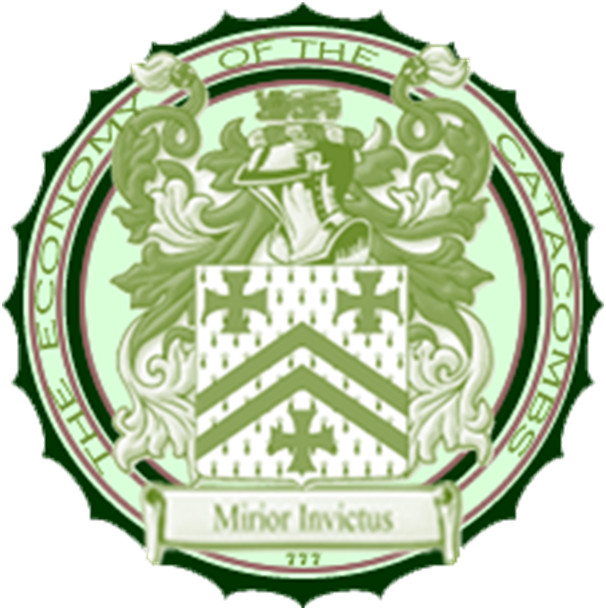
MIRIOR INVICTUS - IN DEATH IS VICTORY - THE CARVIN FAMILY CREST AND MOTTO SPELLED THE IRISH WAY
It was all achievable without invading anyone's privacy. We would not sell user data to any third party. It was a matter of principle. Neither would we snoop on our users without a search warrant.
And it didn't end there at all. We were planning something we referred to as "the underground economy." We would share half of our ad revenues with our members, who could play games and earn money.
We realized that if we were connecting the whole human community together and not excluding the dead, that we could explore the underground. So, we came up with a role playing game that imagined that an ancient order of sacred monks, dug tunnels connecting graveyards and gravesites throughout the world. There was treasure to be found down there in an endless network of caves and catacombs!
By exploring this underground network, knowledge could be gained. We could live forever. Exploring the underground, members would discover treasures, not just of our own brand of cyber currency, but of knowledge and the riches of life left behind by those whose memories were preserved at their grave sites. The monks had planned it for centuries. They wished to make a way in the underground for those who solved mysteries. But watch out! You could easily get lost down there. And just for fun, there were grave robbers! The Ghostsurfer Game, as we called it back then, would be full of endless challenges as our game-loving members explored it. And the currency would be real. The rewards would be true.
This was the original concept in 1998. The main person I shared it with was my wife, Lisa who helped me every step of the way. Today the Ghost Machine, as we had originally conceived it, might be described as a combination of Google, MySpace, Facebook, Legacy.com, FindAGrave.com, Ancestry.com , Tomb Raider, Indiana Jones and the Better Business Bureau. In 1998, the only parts of this that existed were the BBB Tomb Raider - (not the movie, the game) and Indiana Jones. The vision was crystal clear. What fun it could be! How lucrative! But how would we get from concept to execution? And who was I to start something so ambitious? It would require a massive amount of organizational leadership.
Organizational leadership? Me? I laughed out loud. I knew I was no leader. But this is a ghost story. And I had had a vision. It went back to 1996. It was my father commanding me with two words - "total marketing." When your father commands you to do something, you have to take it seriously. It was serious.
Dad wasn't always serious. He had quite an imagination himself and a very dry wit. When he was the Vice President of the Caprolan Division at Allied Chemical Corporation, he handed leather bound blank notepads to all of his sales staff with gold cross pens. On the inset were eight tidbits of urgent advice, summarized with the title, TMC.
TMC was an abbreviation his sales force knew very well. It stood for "Total Marketing Concept." My father was known as, "the more colorful marketing man." He brought fun into marketing, dressing up in costumes from time to time, with his sidekick, the erstwhile famous comedian Jonathan Winters, one of our neighbors. Dad was also quite the commanding fellow. And he meant business. Appearing to me in a vision after his death, he was dressed in a business suit and he meant business.
Seeing this vision, I wondered how the words, "Total Marketing" might apply to me. It was in the following two years that I conceived this elaborate invention called the Ghost Machine. It was the answer to that question.
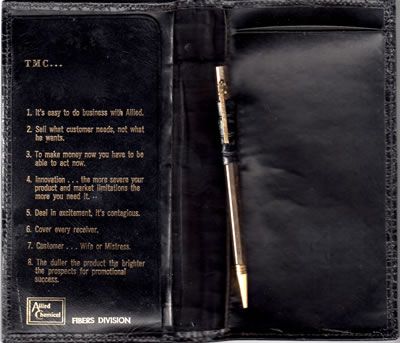
CARVIN'S EIGHT COMMANDS ISSUED IN ONE CONCEPT
Or was it inspiration? Having conceived of it, I didn't know how I was going to make it happen. I knew I lacked the skill. I would have ignored it if it hadn't been so vivid, so .... supernatural. I wasn't dreaming. I was standing up in broad daylight when he saw it.
Discernment
I pondered the vision and prayed about it at great length. It took me a while but I concluded in the end that it wasn't just my vivid imagination carrying me away. It was an actual God thing - a genuine vision, not the demonic kind, an apparition. It was God speaking as a father, with authority.
Now, my father hadn't been the most saintly man during his lifetime. In fact, quite the opposite. As I was able to figure out much later, apparently Dad had mob ties. There was a very dark side to him and to New York business generally. But Dad changed. I had been on a spiritual retreat called Cursillo (Tres Dias) with him one weekend in 1981. Dad came back a new man as did I. I can still hear its theme song ringing in my ears - "all in color."
Charley Carvin had given up his drinking. He started praying every day with my mother. He urged me to go to seminary and become a Catholic priest. It wasn't just to make up for his own nefarious past. He had become a new man, or was at least becoming one.
Charley remained the Town Bookie in Palm Beach for many years. I'm not saying he was squeaky clean. Aside from that, he seemed to have stopped misbehaving after that retreat. He never drank again. He became gentler. And I got to know the spiritual side of him.
Julie Carvin, a devoted choir member and lifelong servant in her own Presbyterian Church, loved to tell the story of Charley's conversion to her children. He wasn't a saint. But my Mom was so gracious. She made him out to be Charley, the saint. It was in her character to always say kind things about people, anyone, but especially about Charley.
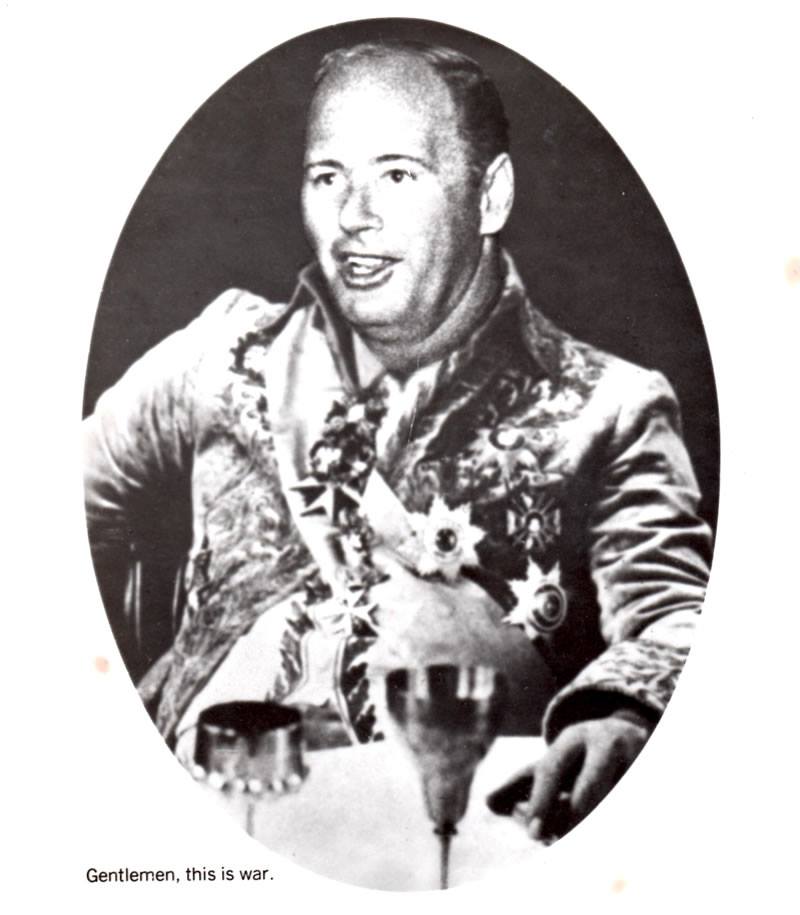
CHARLEY CARVIN, DRESSED AS A MONARCH, ISSUES A SERIOUS DECLARATION TO HIS MARKETING TEAM
I like to think that my father passed by purgatory and made it to heaven somehow. I've never been sure how all that works out, but I've always been happy to think of my father as larger than life. I take great comfort in thinking of him as doing well in his afterlife in the wonderful beyond. How nice that he would pay a visit with such urgent advice and with such succinct words! Heaven had taught Dad brevity. He was usually even more long-winded than me! But what did those two profound words mean? ...